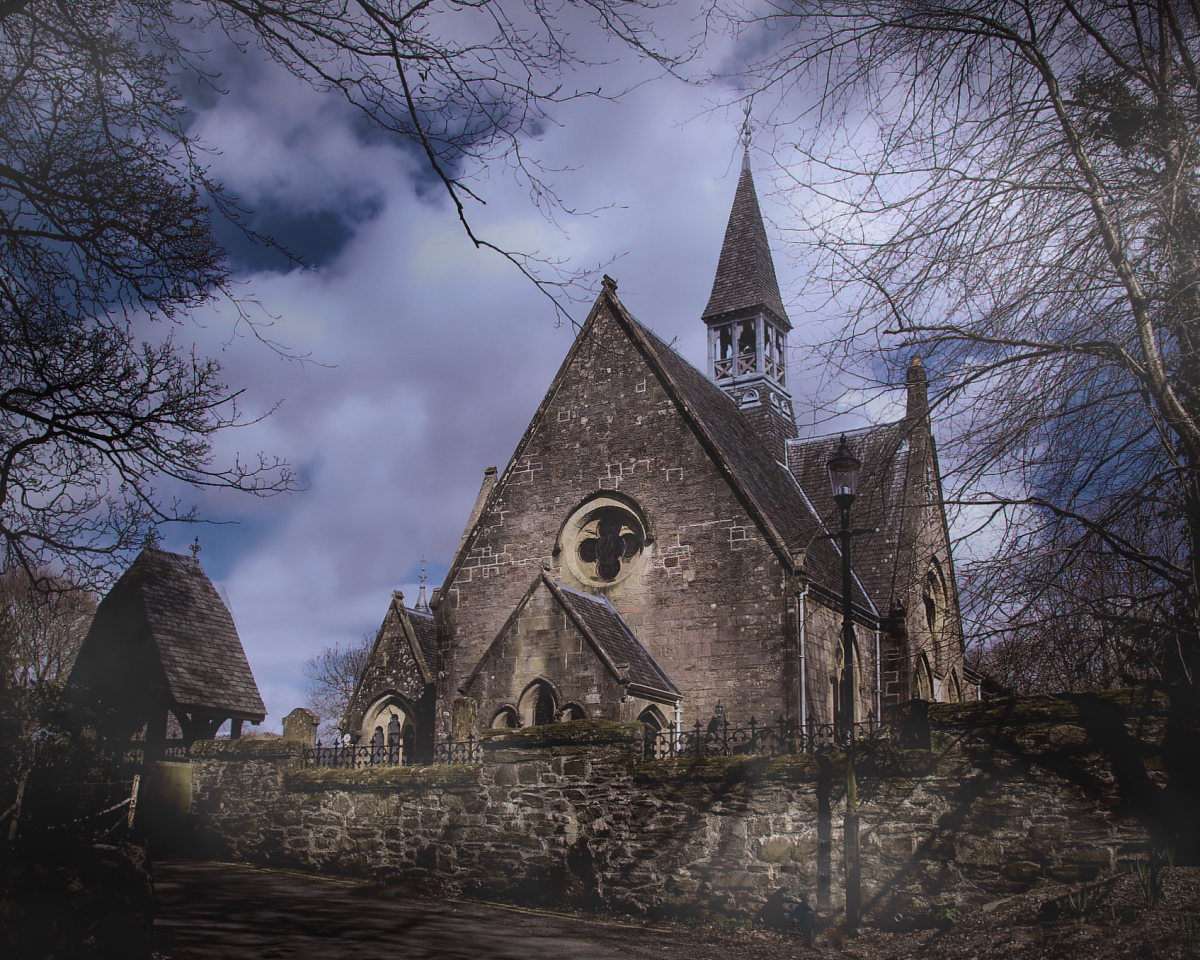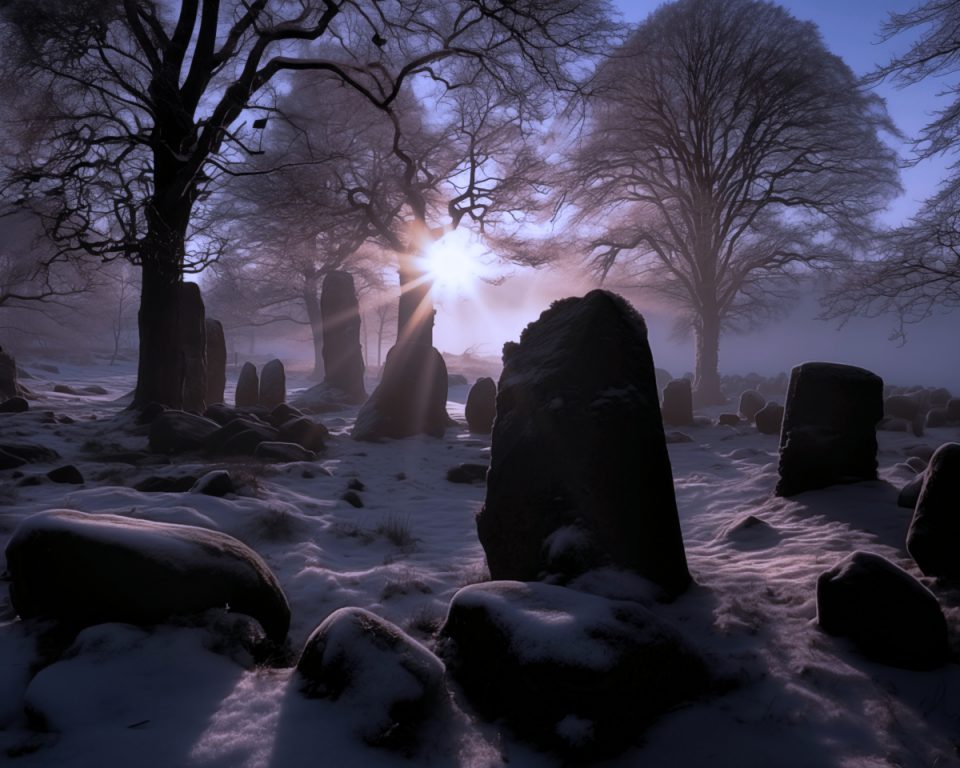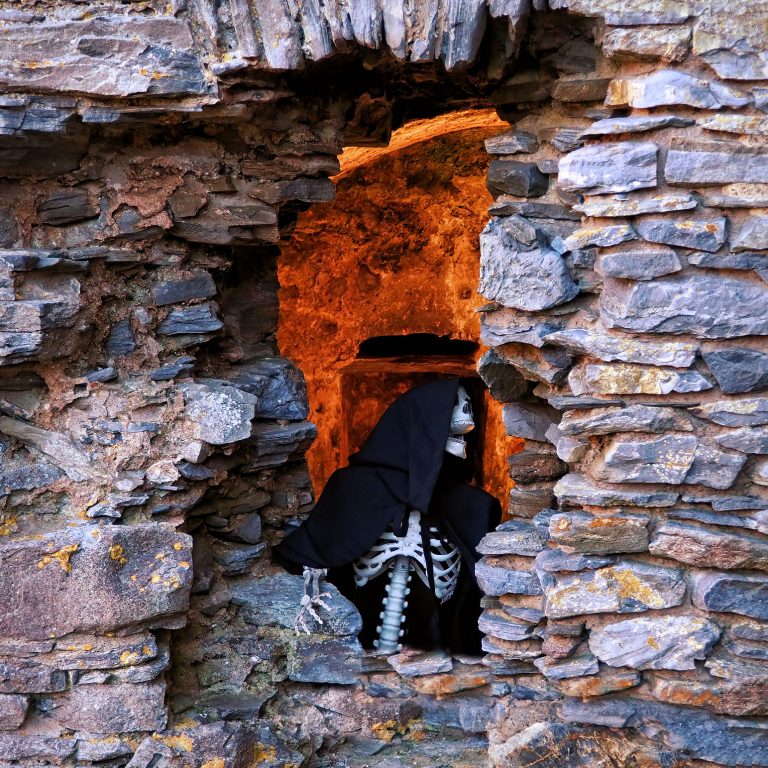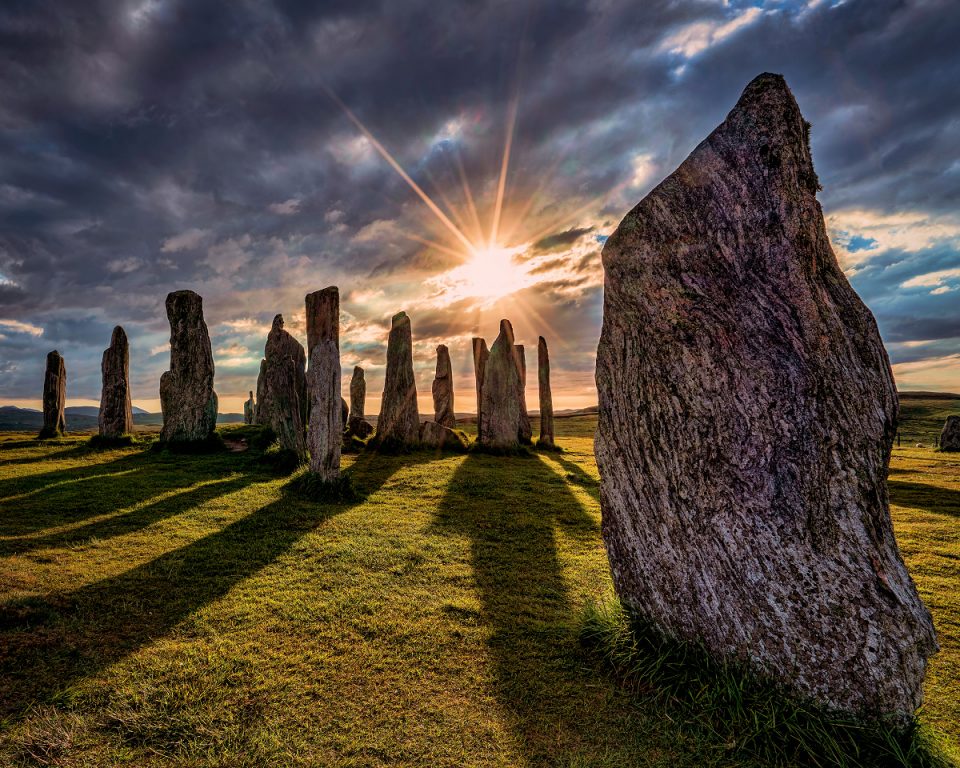Saint Kessog (also known as MacKessog) is an obscure figure in Scottish history who appears out of the mists of time. However, he was once venerated by Robert the Bruce and there are those who argue that he was once the Patron Saint of Scotland, before Saint Andrew was given that iconic role. Saint Kessog was both a missionary and a bishop.
We usually associate martyrdoms with the Scottish Protestant Reformation. However, a Millenia before men like Patrick Hamilton and George Wishart give up their lives so we can have the religious freedoms we enjoy today, Saint Kessog became Scotland’s first martyr. His feast is celebrated on the 10th March, on the anniversary of his martyrdom. What we know about him is fragmented and with the passing of time, may have become more myth rather than fact.
Who was Saint Kessog?
Saint Kessog hailed from Cashel in Southern Ireland where he was born into the royal family of Munster. It is thought he was born around 460 A.D. It seems that even as a child he was destined to do great things.
His father invited the neighbouring kings and their sons to a great feast. The young Kessog was playing on the banks of a loch, when he and another two princes fell in. Only Kessog was saved. Enraged, the other kings vowed that they would torch not just the crown city but all the kingdom. The sensitive young Kessog could not bear the thought of this and prostrated himself on the ground. He prayed that God would restore the lives of the young princes.
An angel appeared to him and told him that his prayers had been answered. The two princes began to breathe.
Soon, he was sent to a monastery to be educated and placed under the tutelage of St Machaloi. Some have suggested that he might have met Saint Patrick, himself. In time, Kessog was sent across the Irish Sea to Scotland as a Missionary.
Scotland During the Time of Saint Kessog
But this was not Scotland as we know it now. Rather it was still composed of different tribes of people led by their own kings, often at war with one another. There were three main territories, all Celtic in their descent. Saint Kessog set up his base in Lennox in what would have then been the Kingdom of Strathclyde which spread as far south as Northern Wales. West of Lennox lay the Kingdom of Dal Riata, or Scots in what we now know as Argyll and Bute.
To the east lay the Kingdom of the Picts. No written record written by the Picts survives to this day and so they are often regarded as a bit of an enigma. The Pictish people were great artisans, whose fine work can be seen in the rich tapestry of Pictish Stones and silver jewellery work found throughout the length and breadth of the North East of Scotland, and as far north as the Shetland and Orkney Islands. The only fragments of their language are found in place names and in the names of rulers recorded in the annals of the neighbouring tribes.
The Celtic Church
At this point in time, the Celtic Church was distinct from the Roman Church. Their monks and missionaries lived a simple life, renouncing personal wealth and comfort. They spent much of their lives in contemplation or worship. The early missionaries had a tough job ahead of them. The Celtic peoples worshipped a plethora of Gods and Goddesses. Not only had they to convince the early people of Scotland to change their beliefs, but they had to convert people who spoke different languages and who were often in conflict with each other. The two leading groups which headed Celtic society were their warriors and their druids. No doubt the missionaries’ message would not have been well received by the druids; their very existence was threatened by Christianity.
Saint Kessog at Luss
Saint Kessog build a monastery on the Island of Inchtavannoch (Monk’s Island) opposite Luss. Nothing remains of Kessog’s original building although there are ruins which suggest a later building was constructed on the site. In addition, there was also an ancient monastic graveyard, as evidenced by human bones which were frequently ploughed up late into the last century. In addition, there was also a cave on the island, known as Kessog’s Cave. Unfortunately, this was blown up when the area was quarried for building materials.
The Travels of Saint Kessog
Kessog’s name appears in Gaelic through many of the place names of Scotland. This may give us an indication of how far he travelled. For instance, the Kessog Hill outside Inverness was named after him. This is particularly interesting as we know that the King of the Fortrui Picts was based at Craig Padraig, also near Inverness, about 40 years later when St Columba arrived on the scene. Recent archaeological evidence suggests that there was a Pictish Christian settlement at Portmahomack before Saint Columba’s ministry amongst the Picts.
The Martyrdom of Saint Kessog
It is said that Saint Kessog was killed at Bandry around 520-30 A.D. Legend states that he was murdered by a band of brigands and mercenaries. Apparently, there is an ancient druid site nearby. It seems likely that druids were behind his murder, making him a martyr.
The site where he died was marked by a cairn to which pilgrims added stones as they arrived. Then, in the 18th Century, the cairn was removed to allow the road to be widened. Imagine the workmen’s surprise when they discovered an ancient font and an effigy of a bishop? Some have suggested that this was Saint Kessog. Alternatively, it could be an effigy of Robert Calquhoun, Bishop of Argyll during the 15th Century. It might have been placed in the cairn during the troublesome Reformation to prevent it from getting damaged.
Missing Holy Relics
Saint Kessog’s crosier was in the trust of the Colquhouns who were the hereditary dewars or guards of Saint Kessog. It is thought that the Colquhouns might even be descended from him. The Celtic Church allowed their clergy to marry. The crosier was either hidden or destroyed at the time of their massacre at the hands of the MacGregors in 1603.
It is said that Saint Kessog had a bell which stood on Tom na Clas (the Hill of the Bell) and called the faithful to prayer from all over Loch Lomond. It was sold to the Earl of Perth in 1675.
Battle Cry at Bannockburn
Within a short time of his death, Saint Kessog had become the rallying cry of troops all over Scotland. At the Battle of Bannockburn, Robert the Bruce reminded his troops about the power of Saint Kessog. His Holy crosier and relics led the victorious Scots into the battle which was to finally set Scotland free.
Please feel free to share the spooky by using the links below or leave us a message in the comments box.




